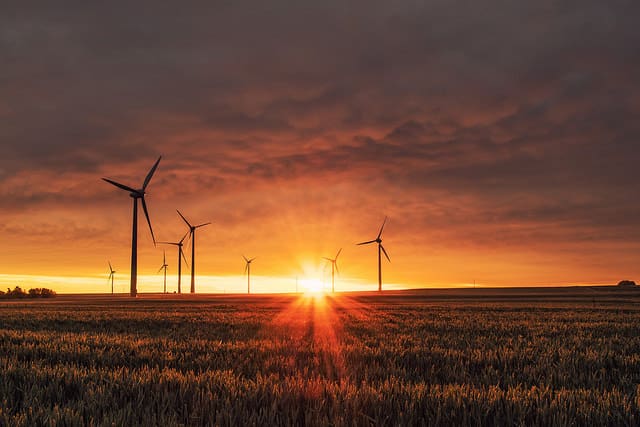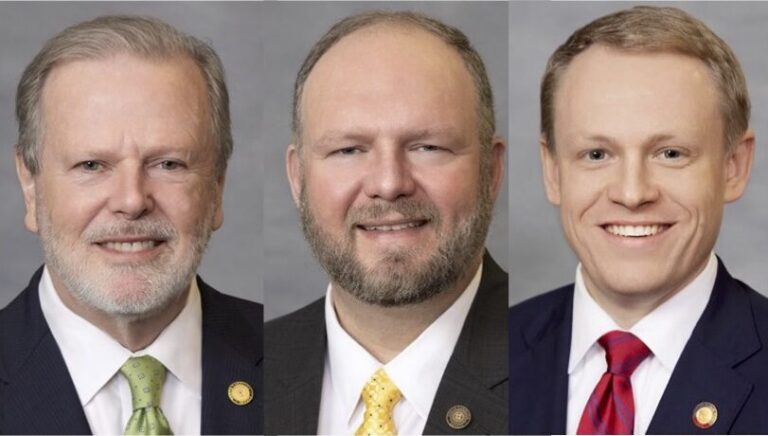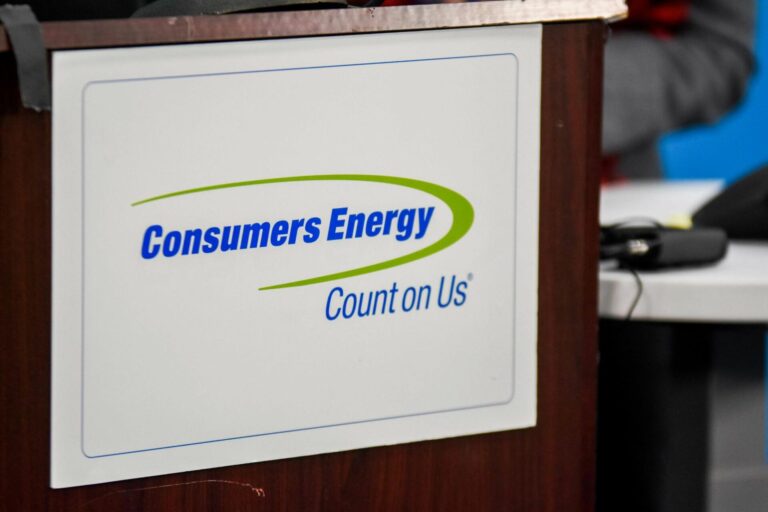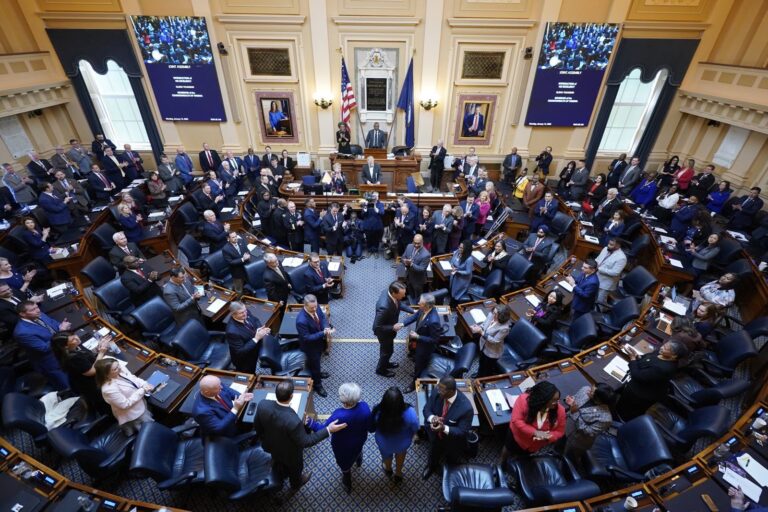Oklahoma Wind Energy’s Future In Jeopardy Due To One Man

Update: The House approved SB 498 by a vote of 78-3. The bill eliminates a five year property tax-exemption for new wind energy developments.The Senate unanimously approved the bill and also SB 502, which ended wind developers’ investment/new jobs tax credit. Both end as of January 1, 2017, but wind projects currently in production or put into production by December 31, 2016, will retain the full 5-year property tax exemption.
Oklahoma has quietly become the 4th largest wind producing state in America after jumping several states in the rankings over the past few years. The panhandle and the northeastern part of the state have been seen as promising areas for further development, with strong winds and nearby transmission lines that enable cheap, clean electricity.
However, that was before one wealthy and influential landowner started spending big to single-handedly organize a campaign to halt future wind development.
Frank Robson, a multi-millionaire real estate developer, entered the wind energy debate last year when he found out a wind farm was planned near his ranch in Centralia, Okla. In those initial conversations, Robson was using the rhetoric of “NIMBYism” (not-in-my-back-yard). “Most people don’t move to the country to have an industrial unit right next to their house. How would you like to have a 495-foot turbine that goes whoosh, whoosh, whoosh, whoosh, and never shuts down?” Robson told the local NPR affiliate. Never mind that most farmers and ranchers like wind turbines just fine, along with the drought-resistant cash flow that they produce on 20- to 25-year contracts.
Robson’s efforts to push back against wind energy developments in Oklahoma led him to hire lobbyists. One firm hired, FKG Consulting, is the largest lobbying firm in the state. FKG Consulting supplied Robson with a small army of consultants including a pollster, and devised a strategy that has transformed Robson’s image from angry wealthy landowner to tax consumer advocate. Robson’s consultants transformed his message by halting the NIMBY talk, and devised a plan to go after tax incentives that support wind; a cause polling showed would be more compelling to the public. Robson has also hired a local marketing expert, who then started a group called “Wind Waste,” to pull the incentives that wind energy receives in the state out of context.
FKG Consulting also represents multiple national and international clients in Oklahoma that have publically expressed a commitment to support renewable energy and/or sustainability development. Among them are Amazon, 3M, and Ernst & Young.
Additionally, since Robson has become more interested in ending any wind energy future for all of Oklahoma, he has stepped up his political giving; almost half of his recorded contributions to elected officials have come since 2014.
Robson’s work and money seemed to be paying off, when Sen. President Pro Tempore Brian Bingman authored a measure last year that would have placed a moratorium on wind development in northeastern Oklahoma. The bill was then run by then state senate energy chair, Cliff Branan, who received $4,500 in political contributions about a month-and-a-half after the bill began making its way through the senate in 2014. When the bill stalled, the Oklahoma Corporation Commission (OCC) took up the endeavor at the request of Mr. Bingman and is currently considering restrictive new standards for wind farm locations.
In addition to the OCC’s deliberations, the Oklahoma Senate recently unanimously passed two bills to limit wind energy tax incentives. SB 498 and SB 501, authored by Sen. Mike Mazzei, target separate wind energy incentives: a tax exemption for manufacturing used by wind companies; and an annual decrease for zero-emission tax credits over five years. Mazzei has said these bills are necessary because the state is facing a $600 million budget gap. Robson used similar language in an op-ed last month – a change in talking points, for someone who got involved because of concerns about wind turbines in the view of his ranch.
Both bills have had their two required public readings, and were referred to Oklahoma’s House Appropriations and Budget Committee on March 17.
Ties to Wal-Mart
Robson is the brother-in-law to the late Sam Walton, founder of Wal-Mart. The irony is that Wal-Mart has announced plans to go 100% renewable by 2030. Oklahoma wind energy will likely need to play a role in Wal-Mart’s impressive endeavor, since several of its distribution centers are located in the state.
Oklahoma’s History of Support for Wind Energy
While Robson tries to fight the development of wind in his state, the state has long supported this industry. This support has resulted in other major employers such as Google moving into the state because of its favorable environment for power purchase agreements. And despite Robson’s claims to the contrary, wind has contributed to the health of the state’s economy, with jobs and tax revenues.
In 2012, a large Google data center in Pryor, Oklahoma entered into an agreement with the Grand River Dam Authority to procure wind energy. Both Oklahoma University (OU) and Oklahoma State University (OSU) have made historic wind energy agreements as well. OU signed an agreement with Oklahoma Gas & Electric Company (OG&E) to purchase 100% of its OG&E supplied electricity from renewable energy sources. And a majority of OSU’s electricity comes from wind energy provided by OG&E.
The state added 648 megawatts of wind capacity last year, for a total of 3,782 megawatts, passing both Oregon and Illinois in the rankings. Another 2,000 megawatts is expected to come online in the near future, as wind farms start to begin construction in the panhandle and northeastern part of the state.
The Oklahoma wind industry now contributes significantly to record-breaking generating outputs in the Southwest Power Pool (SPP), an area that includes Oklahoma, along with Nebraska, Kansas, Texas, New Mexico, Missouri, Arkansas, and Louisiana. In fact, SPP wind set a record earlier this year with 7,625 megawatts of wind generation – enough to power 6 million homes. Furthermore, wind in the SPP saves customers $1.2 billion each year due to avoided coal and natural gas fuel costs, in addition to water savings.
The progress in Oklahoma is a major factor to wind energy’s nearing cost-parity, the point when it can compete with fossil fuels without federal incentives. But because Robson does not want to see wind turbines while on his ranch, that momentum is in serious jeopardy.
Thousands of direct and indirect jobs in Oklahoma are in peril, along with millions of dollars in future land lease payments and private investments – dollars and jobs that would likely move to Colorado, Kansas, or Texas, if Oklahoma eliminates its current smart public policies that support wind energy.
Feature photo courtesy of the Beyond Coal and Gas Image Library. Creative Commons Attribution 2.0



